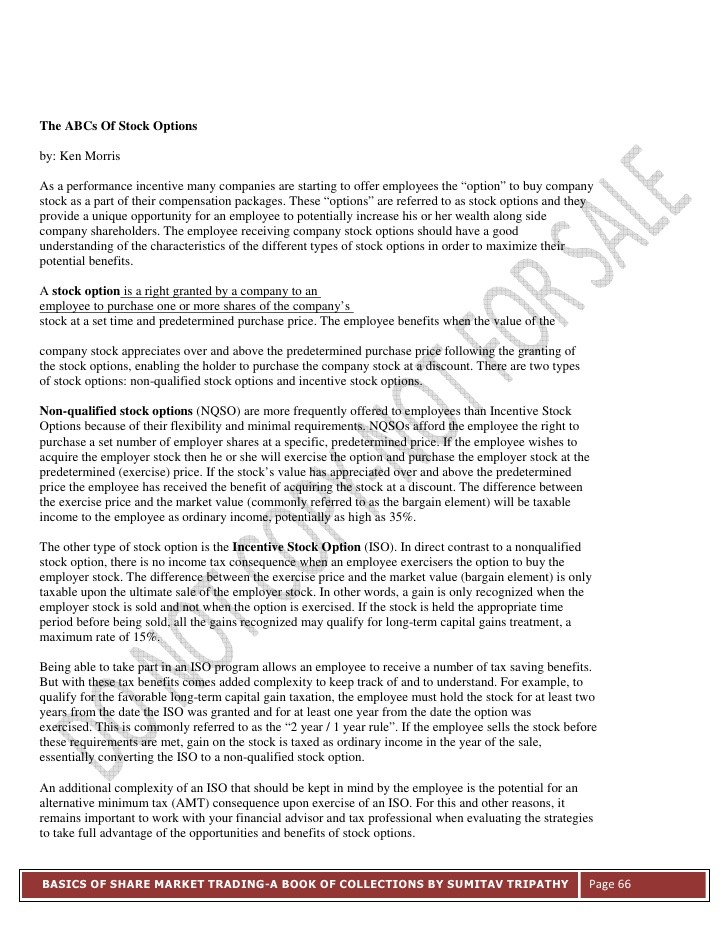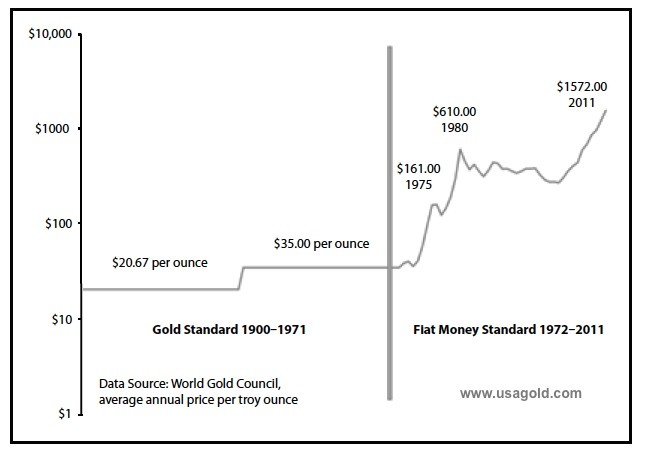The ABCs Of Stock Indexes
Post on: 23 Август, 2015 No Comment

In the beginning, Dow created the index. and Wall Street saw that it was good. Then, the Dow begat the S&P 500. which begat the Nasdaq Composite, which begat the Russell 1000, 2000. and so on, and so on…
Despite the proliferation of indexes, the big three — Dow Jones Industrial Average (DJIA), Nasdaq Composite and the S&P 500 — rule the headlines, influence the investment decisions of fund managers and command the emotions of the individual investor. And this is not so good. In fact, many times it is bad, and it makes for an ugly market.
For example, there have been a growing number of charts that compare recent index trends to the patterns from the 1929 Crash and the Japanese bubble. While there are many differences between the economies of then and now, studying the similarities and differences will help us prevent repeating the sins of our fathers (although this did not happen during the dotcom bubble). (Learn when to jump ship, read Riding The Market Bubble: Don’t Try This At Home .)
There are two main criticisms of indexes:
1. Calculation Bias (the way the indexes are calculated) — Most indexes are market-cap weighted, meaning that the stocks with the largest market capitalization have the larger weighting in and larger influence on the index. This overweighing means that if the big dog is sick, the whole market gets the flu, regardless of the strength in the smaller stocks that are in the index. It could be argued that market weighting is a legitimate way to capture an image of the market, because it represents the impact of the bigger stocks on the market being measured. However, this methodology will result in increased volatility because of the overweighed influence the big dogs have as they go up and down. A more equally-weighted index is more democratic and captures the impact of smaller stocks that may be rising.
2. Representative Bias (what the indexes do not measure) — By definition, an index is comprised of a small number of stocks, picked to represent some universe of stocks. Committees pick which stocks are included in the index, and these stocks are changed over time, in order to reflect the economy as it is for that year. Consequently, you cannot look at a historical chart of any index and assume that it represents the trading pattern of the same stocks over a long period of time. This also means that committees, being human, can make mistakes and pick the wrong stocks to be in the index. (Find out how to avoid costly surprises in Don’t Judge An Index Fund By Its Cover .)

However, the market is more dynamic than the indexes are. There are many publicly-traded companies that have strong fundamentals and growing earnings, but they remain undervalued because nobody knows about them. Maybe that is why some say the economy is ahead of Wall Street. (Learn how to tell a bargain from a scam, read Relative Valuation: Don’t Get Trapped .)
Indexes are useful tools, if you know what they represent and what they don’t represent. They provide a good historical perspective, but they should not be viewed as the market. Yes, Virginia, there is a bull market out there, but it isn’t where Wall Street is looking.
more than 50% of the index’s value.














